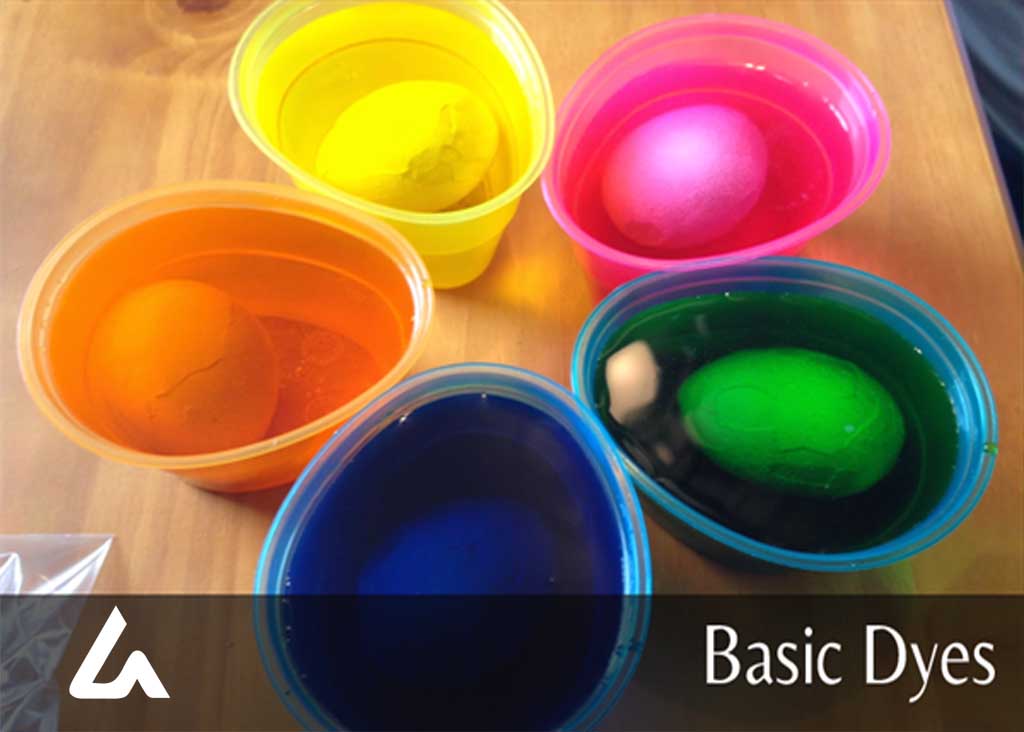
In our last post, we learned about the Types and Methods of Dyeing in Textile. In this blog post, we will try to have a clear view of what is Basic dyes in textile and their application and uses.
Basic dyes are cationic dyes. Usually, acetic acid is added to the dye bath to help the uptake of the dye onto the fiber. Basic dyes are also used in the coloration of paper. ( Wikipedia)
Basic dyes in Textile
Basic dyes also called cationic dyes, because in solution basic dye molecule ionizes. Causing its colored component to become a cation or positively changed radical. In the market, basic dyes are obtained as a basic salt usually chlorides; but sometimes oxalates or double salts with zinc chloride (ZnCl2).
Basic dye specially used for jute fiber, also used in wool, silk, acrylic dyeing.
List of Basic Dyes
A few examples of basic dyes are:
- Methylene blue
- Crystal violet
- Basic fuchsin safranin
Properties of the basic dyes
They are important for high & brilliant shade.
- They are easily soluble in alcohol but not easily in water
- Dyes decompose at boiling temperature.
- In solution, dye protein is a cation.
- The basic dyes are poor fastness to light.
- No affinity to cellulosic fiber except jute fiber.
- They are suitable for protein fiber.
Types of Basic Dye
They are many belonging to this class & they vary considerably in chemical structure. The more important groups are described below-
Group-1: Derivatives of di-phenyl amine.
Group-2: Derivatives of tri-phenyl methane. Example methyl green.
Group-3: Derivatives of thio-zinc. Example methylene blue.
Group-4: Derivatives of azo group. Example: Bismarck brown.
Advantages of Basic Dyes :
- Moderate substantively
- Relatively economical
- High Tinctorial strength
- Wide shade range
- Shows good brightness
- Includes some of the most brilliant synthetic dyes
Limitations of Basic Dye :
- High acid content
- Colored backwaters
- Poor shade stability
- Preferential dyeing
- Very poor lightfastness
Application of Basic Dyes :
Basic dyes are extensively used for dyeing of:
- Jute
- Cut flowers
- Dried flower
- Coir
- Acrylic fibers
Reference:
- https://texpedia.org/
- https://www.foodcolorworld.com/
